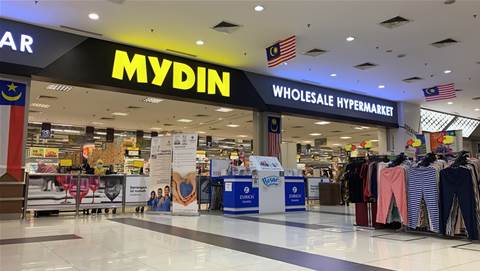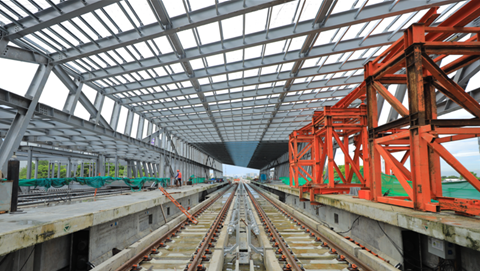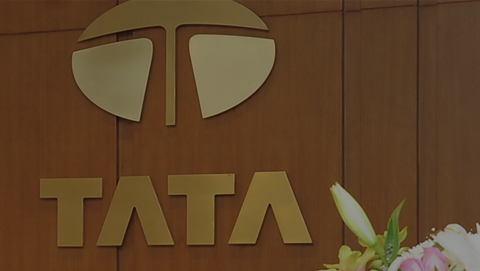Japanese bullet train operator, JR Kyushu Railway Company (JR Kyushu) is using an AI-based solution to automate track inspection and improve the inspection speed, cost and accuracy.
Earlier, JR Kyushu used to do manual inspections of its railway network of over 2,340 km.
Now, it uses Tokyo Artisan Intelligence’s (TAI) AI-based solution powered by the AMD Kria K26 System-on-Module (SOM) to automate track inspection.
Established in March 2020, TAI started as a venture company originating from the Tokyo Institute of Technology to promote the social implementation of AI technology.
According to JR Kyushu, the solution utilises high-speed image processing and AI inferencing capabilities to detect and inspect loose bolts and other track issues.
TAI's track inspection system, operating on a two-seated cart travelling at 20 km per hour, improves operational efficiency, leading to cost reductions and improved safety, it added.
JR Kyushu’s deputy manager in the Engineering Division, Shinkansen Department, Kazuhiro Sakaguchi, said with the solution from TAI and AMD, the company has been able to improve the efficiency of conventional track inspection and is working on improvements in inspection efficiency through future functional enhancements.
Challenges and the solution
Sakaguchi said there was a need for careful evaluation of camera and lighting tools when implementing cart-based inspections.
The condition of the rails posed a challenge, particularly in avoiding false detections caused by reflected light on wet tracks.
To tackle issues, TAI integrates AI into the inspection process and selects appropriate cameras, lighting setups, and image processing tools to ensure accurate and reliable results, he added.
The core of the track inspection system consists of a vision computing box mounted on a cart, which travels along tracks at a speed of 12 mph.
This box is equipped with a high-speed camera that utilises the FPGA-based Kria K26 SOM for data and image processing before and after inspection.
TAI’s co-founder and CEO, Hiroki Nakahara said the important benefit of AI was a reduction of cost.
Replacing the conventional method of inspecting tracks on foot with carts has led to an improvement in operational efficiency, Nakahara added.









